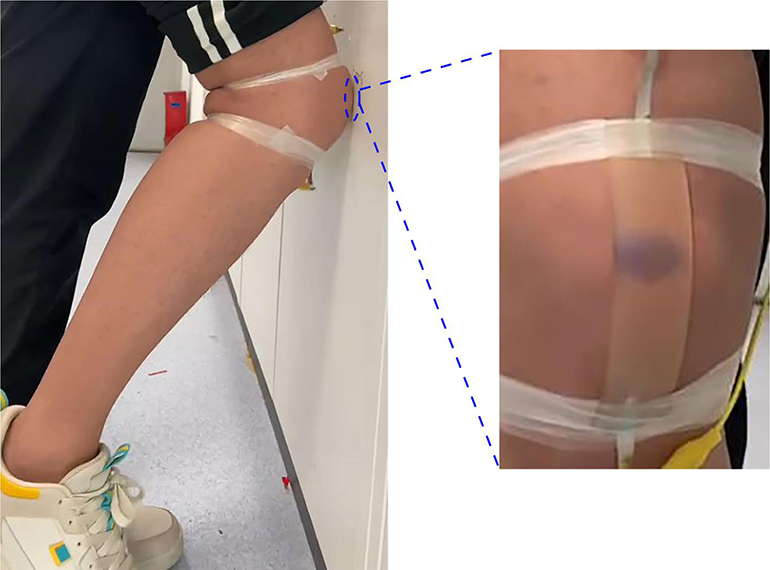
Researchers at the Chinese University of Hong Kong have developed an artificial skin that can effectively indicate if damage has occurred, in the same way that our skin bruises naturally. The new skin is made using an ionic hydrogel, and demonstrates changes in electrical signaling when it is deformed. It also produces a purple color change, providing a visual indicator. The technology could be useful in making prostheses more life-like and responsive, and alert users to possible damage.
Prostheses are becoming more advanced, with various technologies aiming to allow users to feel and respond to their environment more easily and intuitively. A large part of this is developing skin-like materials with enhanced functionality. Ionically conductive hydrogels represent a promising option for such materials, as they are stretchable and biocompatible compared with some other electronically responsive skin materials.
This latest technology capitalizes on these properties to form an artificial skin that can provide an electronic signal when it is deformed. However, the Hong Kong researchers took this one step further by introducing a color change mechanism that mimics bruising. The hydrogel is imbued with a molecule called spiropyran, which changes color from yellow to a bruise-like purple when mechanical stress is applied. The team describes the gel as a mechanochromic organohydrogel, and it contains a network of crosslinked micelles.
The “bruise” that appears after the skin is damaged lasts for approximately 2–5 hours, before fading away. So far, the researchers have tested the skin with volunteers, who taped it to various parts of the body, including their fingers, knees, and hands. The skin successfully registered normal movements in these appendages and joints, and when stretched during such movements it provided an electrical response, but no bruising. However, when the skin was bashed, pinched or otherwise abused it developed a characteristic purple bruise.
The technology could provide a simple visual cue for prosthetic users that they may have incurred damage to their prostheses and help them to identify and avoid sources of damage. It is also in line with the progression towards more realistic and functional rehabilitation devices.
Study in ACS Applied Materials & Interfaces: Colorimetric Ionic Organohydrogels Mimicking Human Skin for Mechanical Stimuli Sensing and Injury Visualization
Via: ACS
